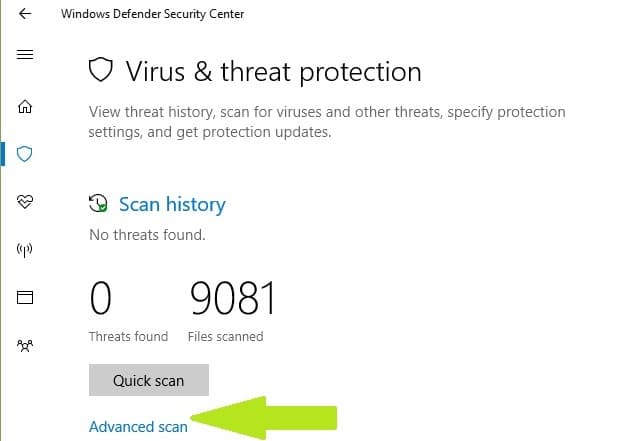
:max_bytes(150000):strip_icc()/Windows10-USB-5729ceb43df78ced1f994b4e.png)
Exit the BIOS, saving if you're prompted, and the computer should restart. Select your new USB drive as the first one it should try. Turn it on and press DEL on your keyboard as soon as it boots up, to enter the BIOS.įrom here, look for the boot menu - this determines what the computer tries to load as it turns on. Once it's all finished, remove the USB drive and plug it into your newly built, powered-off PC.

It'll turn that drive into a little installation platform for a new build. Then hit Ctrl+j to open your browser’s downloads a menu listing your downloads should appear. Wait for the file to finish downloading in your browser. Open up the Windows Installation Media tool, then follow the instructions and point it at the USB drive you want to use. To make a bootable Windows 10 USB drive, begin by downloading the Media Creation tool from Microsoft’s Download Windows 10 website. Getting started with the actual steps, first plug your USB drive into a different, working PC or Mac (we've found the PC version works far more reliably, but it does also work on Mac). Step 3: Leave 'USB flash drive' checked, then. Confirm that the language and edition settings are set to what you want, then click 'Next'. Step 2: Run it, click 'Yes' to allow it to make changes, accept the license terms. The Windows Installation Media tool on another computer Step 1: Plug in a USB flash drive, at least 8GB in size, and download the Windows 11 Media Creation tool from Microsoft.A USB thumb drive that has at least 8GB of free space.A licence key that you've bought for Windows 10 Home or Windows 10 Pro.How to install Windows 10 from a USB driveīefore you get started, you're going to need three fairly simple things: Pocket-Lint Recommendation: Nintendo Switch.Pocket-Lint Recommendations: Xbox Console.Pocket-Lint Recommendation: Google Nest.Pocket-Lint Recommendation: Amazon Echo Devices.Pocket-Lint Recommendations: Fire TV Stick.


 0 kommentar(er)
0 kommentar(er)
